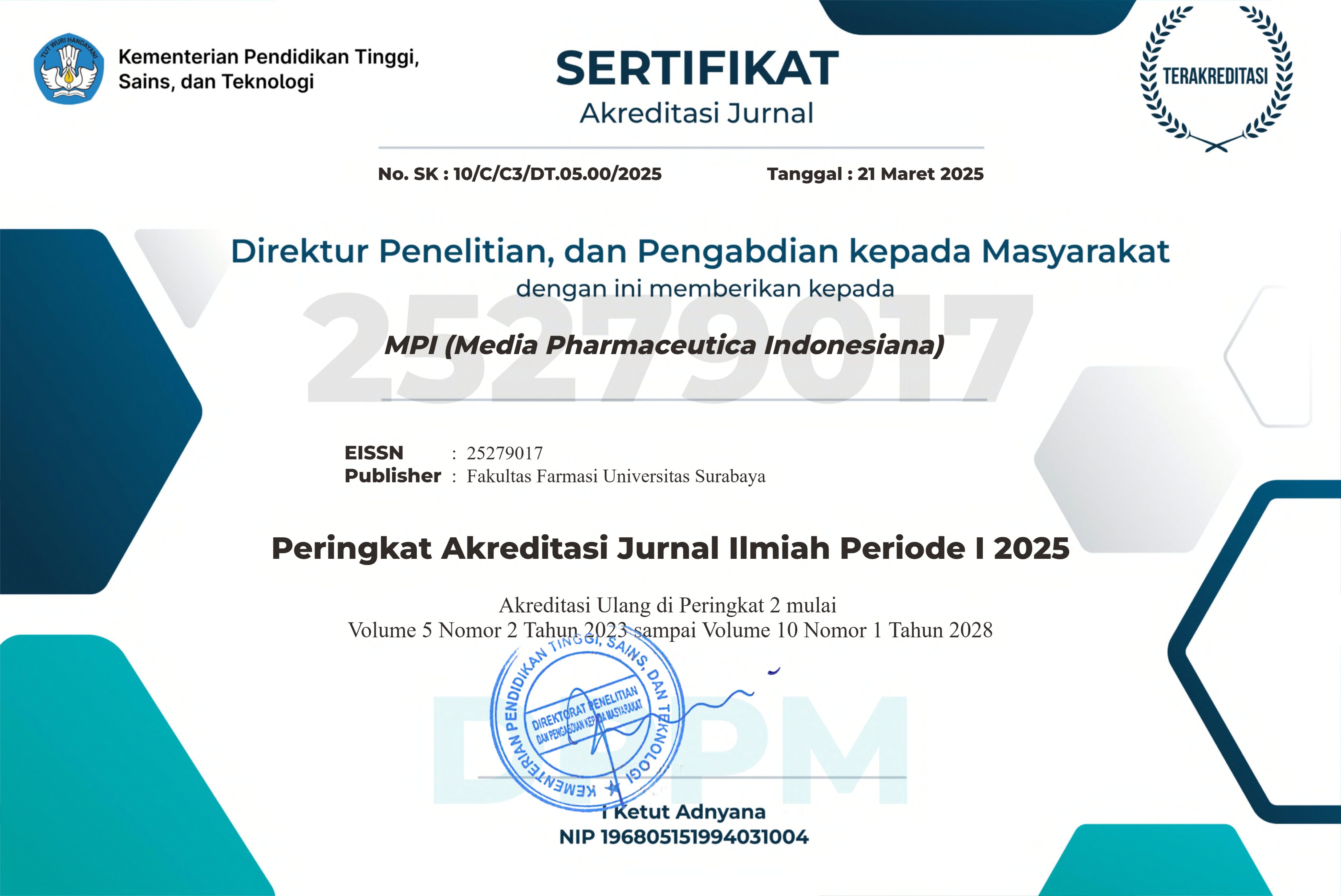Induction of Flowering and Fruiting in Plantlets of Tomato (Lycopersicon esculentum Mill.)
 Abstract Views:
703 times
Abstract Views:
703 times
 PDF Downloads:
515 times
PDF Downloads:
515 times
Abstract
Tomato (Lycopersicon esculentum Mill.) is used as vegetable or fruit by people around the world. The effective and efficient propagation of tomato is needed due to the high demand, while its availability is not enough to meet the consumer demand. In vitro flowering and fruiting is useful in order to produce high quality hybrid seeds. Also, this can be produced in all seasons. Beside, this technique is beneficial to improve genetic diversity in tomato. In addition, tomato has natures that make it compatible as a plant model. This experiment intended to find the best combination of plant growth regulators or plant retardants to induce flower and fruit from tomato plantlets. The results will be beneficial to overcome self-fertilization in tomato, as well as to promote higher genetic biodiversity in tomato. To do so, some plant growth regulators (6-Benzylaminopurine (BAP), Indoleacetic acid (IAA), and Gibberellin (GA3)) and retardants (Ancymidol and Paclobutrazol) were used to find the best combination in inducing in vitro flowering and fruiting. The results showed that 1 mg.L-1 BAP was the best candidate plant growth regulator to produce the in vitro flowers and fruits from the treated plantlets.
Downloads
Articles published in MPI are licensed under a Creative Commons Attribution-ShareAlike 4.0 International (CC BY-SA) license. You are free to copy, transform, or redistribute articles for any lawful purpose in any medium, provided you give appropriate credit to the original author(s) and MPI, link to the license, indicate if changes were made, and redistribute any derivative work under the same license.
Copyright on articles is retained by the respective author(s), without restrictions. A non-exclusive license is granted to MPI to publish the article and identify itself as its original publisher, along with the commercial right to include the article in a hardcopy issue for sale to libraries and individuals.
By publishing in MPI, authors grant any third party the right to use their article to the extent provided by the CC BY-SA license.

 DOI:
DOI:










